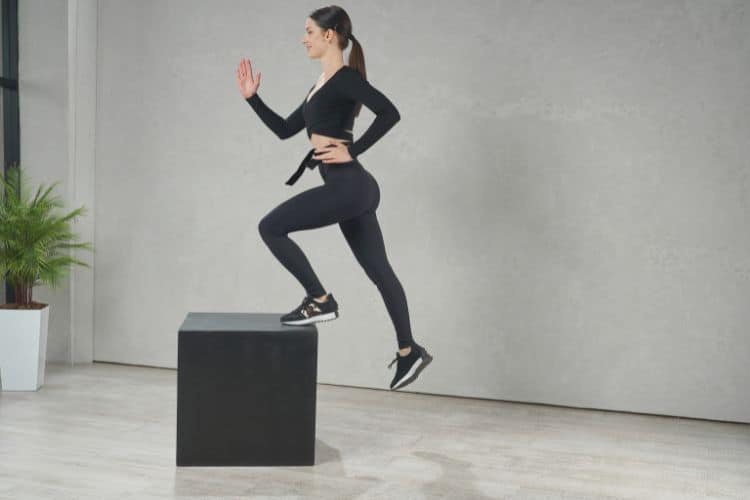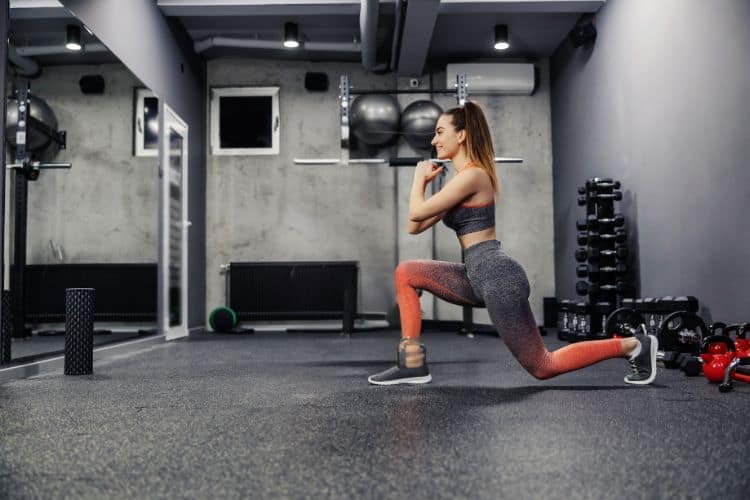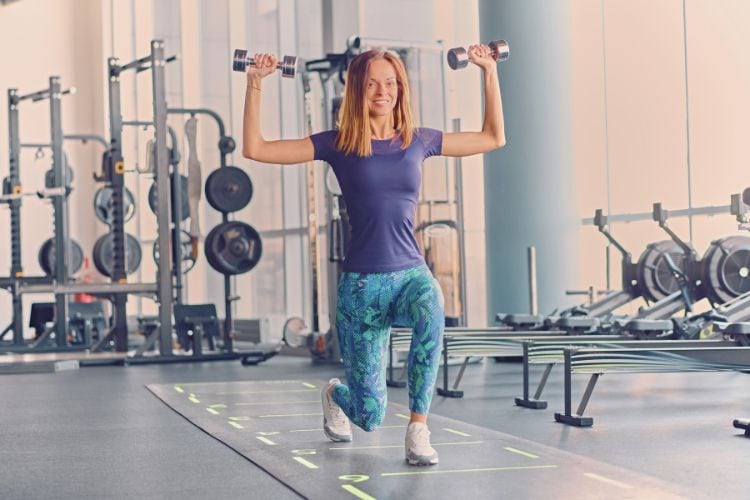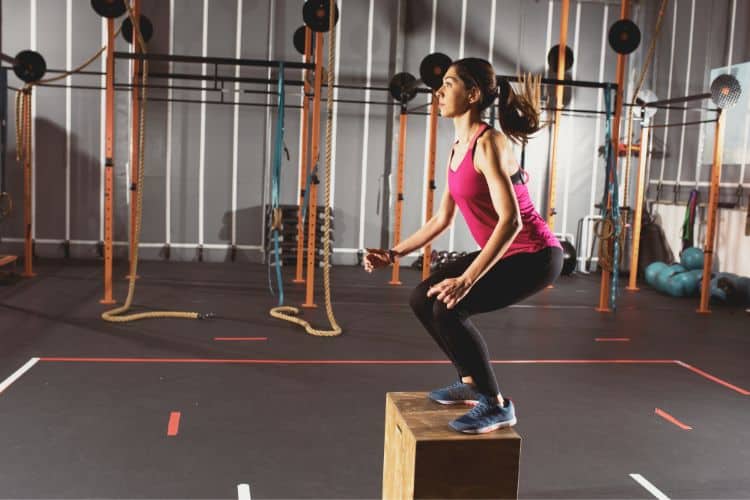Sign up for workout ideas, training advice, reviews of the latest gear and more.






The sit ups, a traditional and well-known exercise, has remained a staple in fitness routines for decades. It’s an effective workout for targeting the abdominals and core strength, crucial elements in improving posture, decreasing back pain, and enhancing overall fitness. Yet, there’s more to this exercise than meets the eye, and understanding its nuances can help women of all ages and fitness levels reap the benefits.
First, let’s clear a common misconception: Sit-ups are not just about achieving the much-coveted ‘six-pack’. Beyond the aesthetic appeal, a strong core contributes to our overall health in multiple ways. It enhances stability, improves balance, promotes better breathing, and even supports our mental well-being through boosted body confidence.
The sit-up primarily targets the rectus abdominis, the ‘six-pack’ muscle, and secondarily works the hip flexors and the muscles supporting your spine. As you engage these muscles, you improve your body’s core stability, leading to improved functional movement in daily life and sports.
Despite the sit-up’s simplicity, correct technique is crucial. Bad form can lead to discomfort or injury, defeating the purpose of the exercise.
Begin by lying on your back on a mat, bending your knees and placing your feet flat on the floor. Your heels should be about hip-distance apart. Place your hands behind your head, with elbows out to the sides.
Now, engage your core and slowly curl your body up, pulling your shoulder blades off the ground and bringing your elbows towards your thighs. Make sure not to pull on your neck, let your abdominals do the work. Your lower back should maintain contact with the mat at all times to prevent straining.
Once you’ve curled up as far as you can, pause for a moment, then slowly lower yourself back down. Remember to breathe during the exercise, exhaling as you curl up and inhaling as you lower back down.
There are many ways to modify the sit-up to match your fitness level and keep your workouts exciting.
The crunch: A shorter range version of the sit-up, focusing on the upper abs. You raise your torso only to the point where your shoulder blades lift off the ground. (sit ups exercise)
The Russian twist: As you come up into a sit-up, twist your torso to one side, targeting the obliques. Alternate sides with each rep.
The weighted sit-up: Hold a weight to your chest as you perform the sit-up to increase resistance and challenge.
The stability ball sit-up: Using a stability ball can add an element of balance, making your muscles work even harder.
The V-up: Starting in a flat position, simultaneously lift your upper and lower body, trying to touch your fingers to your toes.
Sit-ups offer numerous benefits that are particularly advantageous for women.
Postural Improvement: Regular sit-ups strengthen your core, enhancing your ability to maintain good posture, which often deteriorates due to prolonged sitting or age-related issues.
Back Pain Reduction: Strengthening your core helps alleviate back pain, a common complaint among women, especially during and after pregnancy. (sit ups exercise)
Bone Health: Weight-bearing exercises like sit-ups can help maintain bone density, offering some protection against osteoporosis, a condition women are at greater risk of developing.
Enhanced Functional Strength: A stronger core contributes to better balance and stability, reducing the risk of falls and making everyday tasks easier.
Improved Body Image: Regular exercise helps boost self-esteem and body image, leading to improved mental health.
If you’re new to sit-ups, start with a manageable number, like 5 to 10, and gradually increase as your strength improves. Try incorporating sit-ups into your routine 2-3 times a week, making sure to give your muscles a day of rest in between.
Remember, sit-ups are most effective when they’re part of a balanced exercise routine that includes cardiovascular fitness and resistance training. Don’t solely focus on sit-ups in hopes of achieving a flatter stomach; instead, pair them with a healthy diet and other forms of exercise.
It’s essential to listen to your body and stop if you feel pain beyond normal muscle fatigue. If you have any health concerns, speak with a healthcare provider before beginning a new exercise routine.
Sit-ups are more than a classic ab exercise; they’re a tool that women can use to build strength, confidence, and well-being. So unroll your workout mat, warm up, and explore the potential of sit-ups to help you reach your fitness goals.
Stay up to date on the latest women’s health, fitness and lifestyle trends and tips.